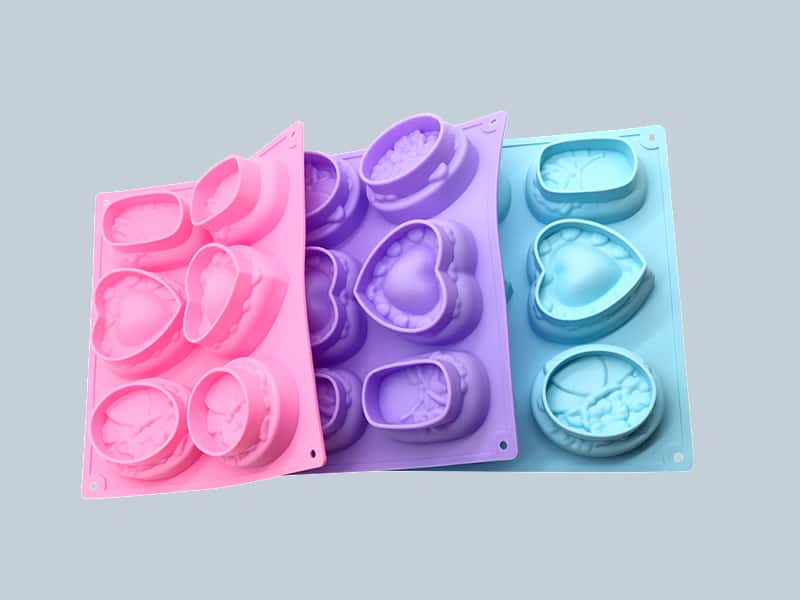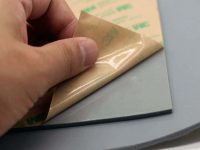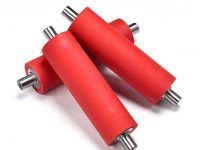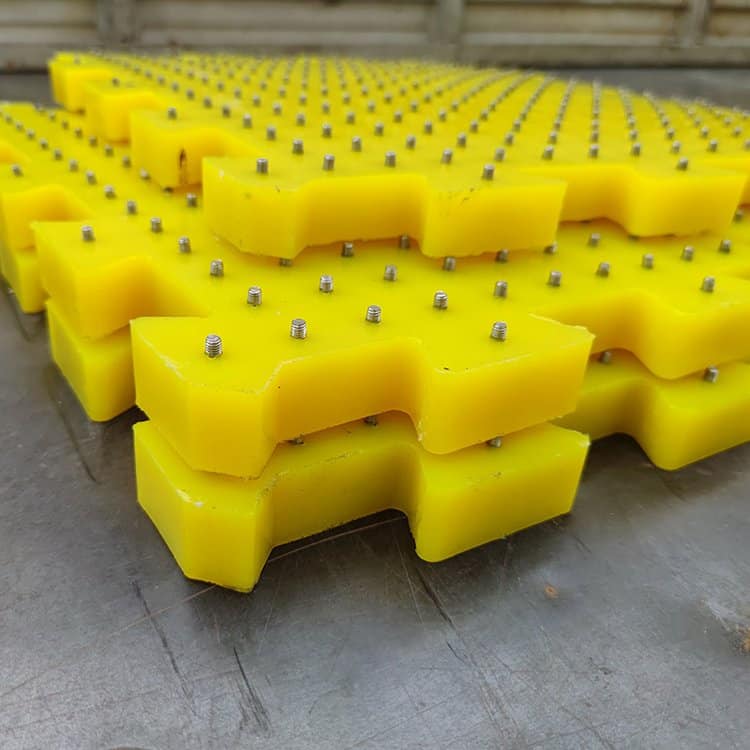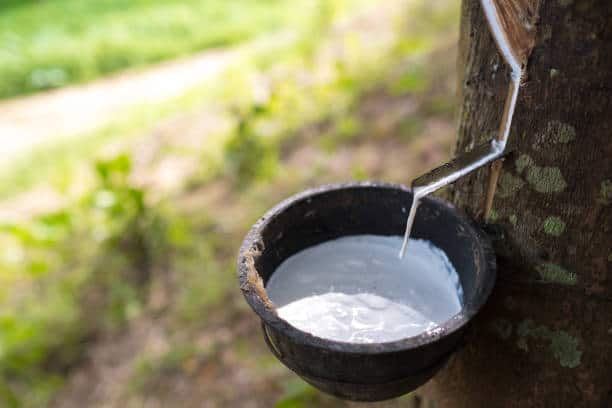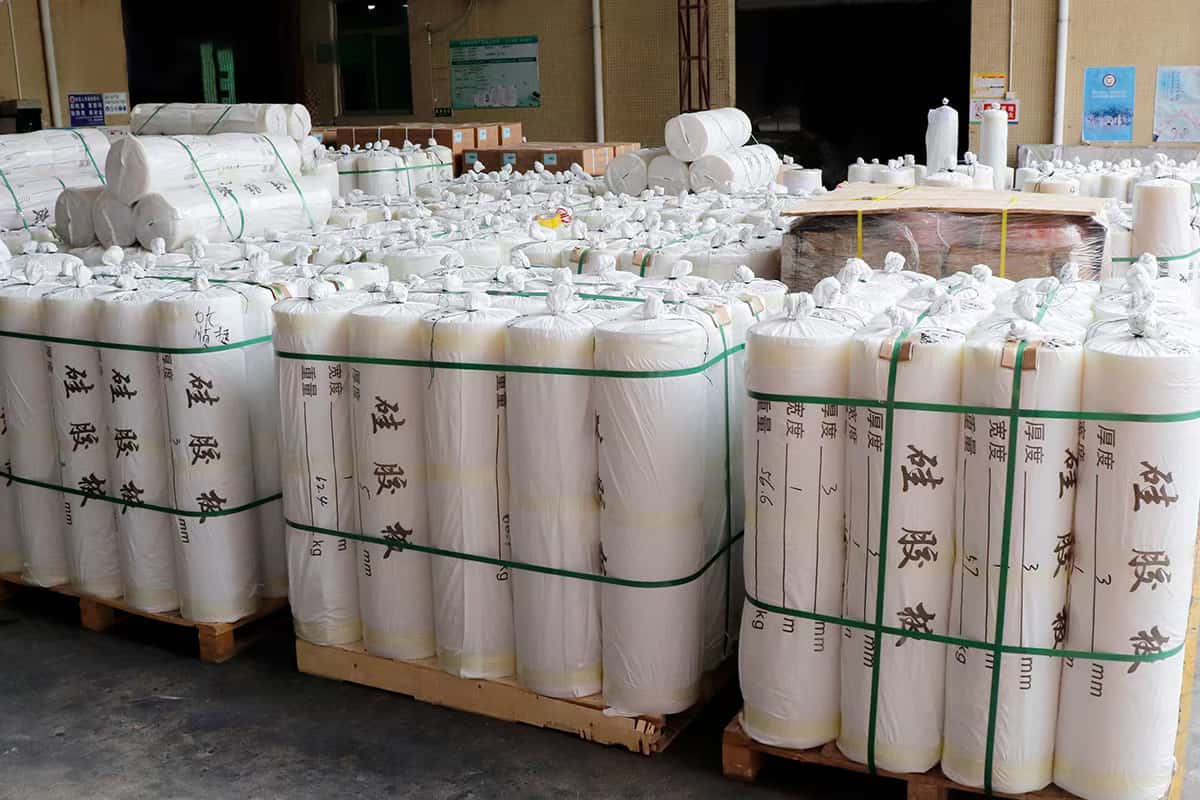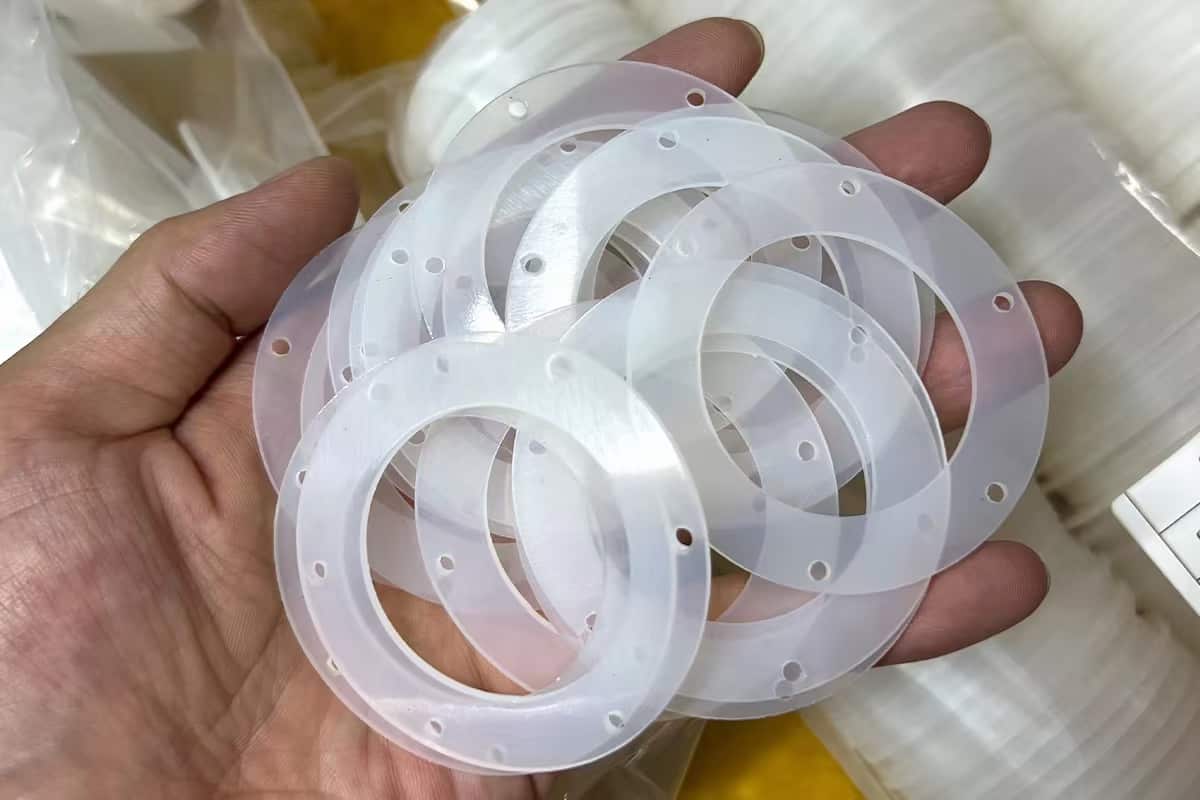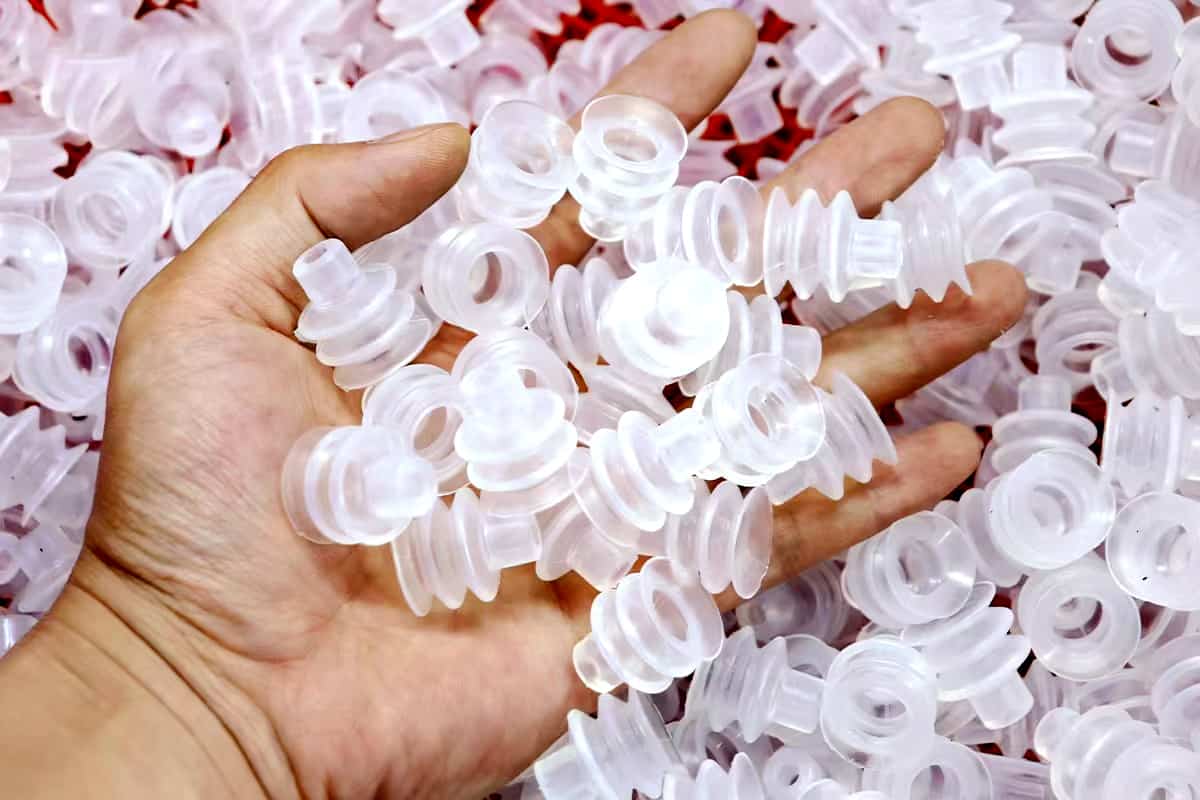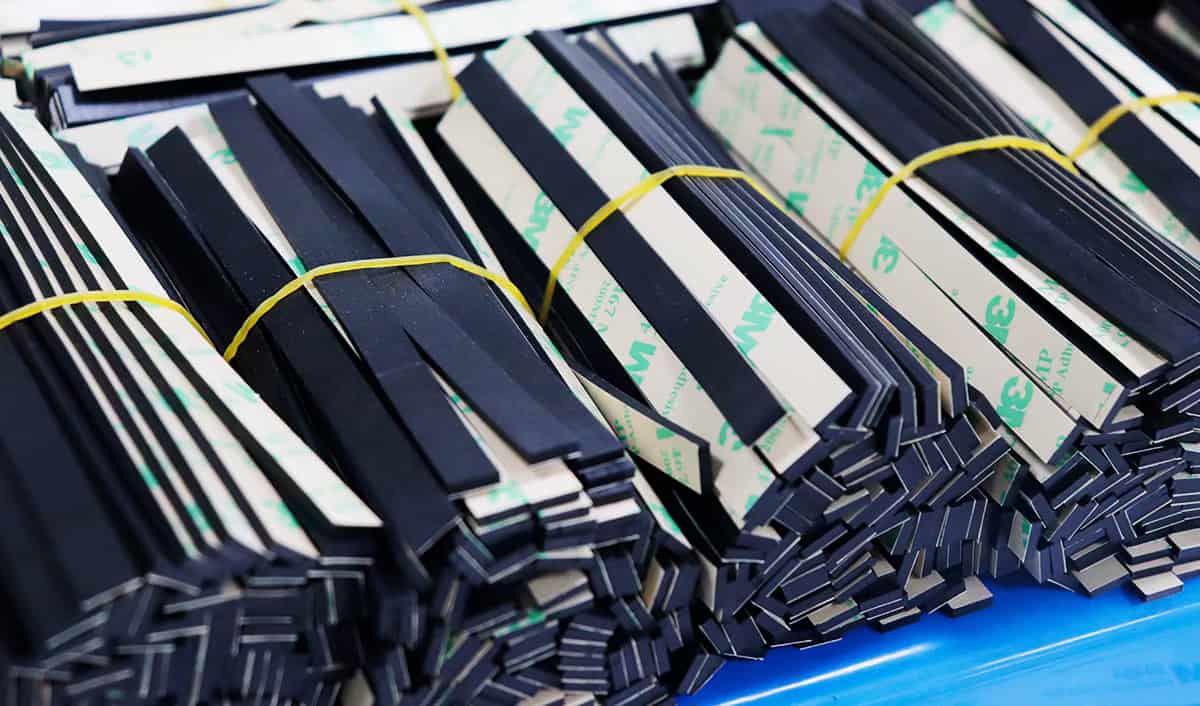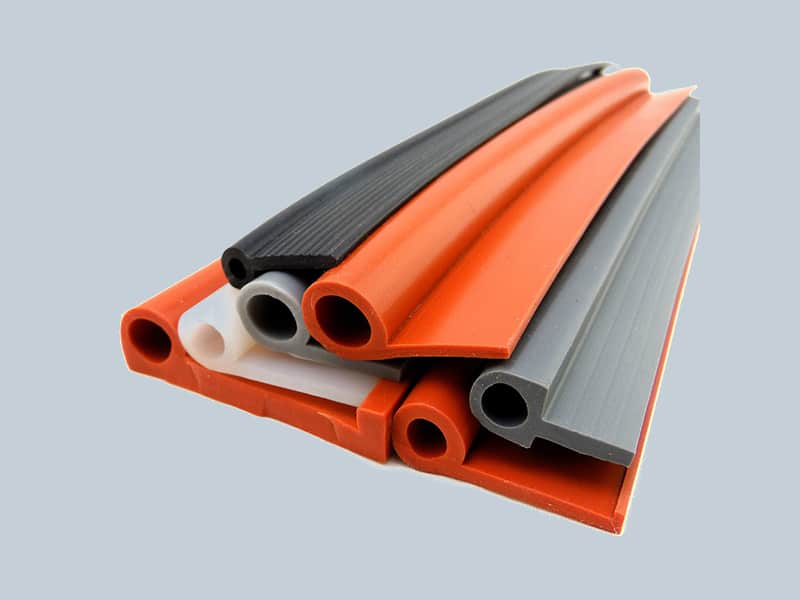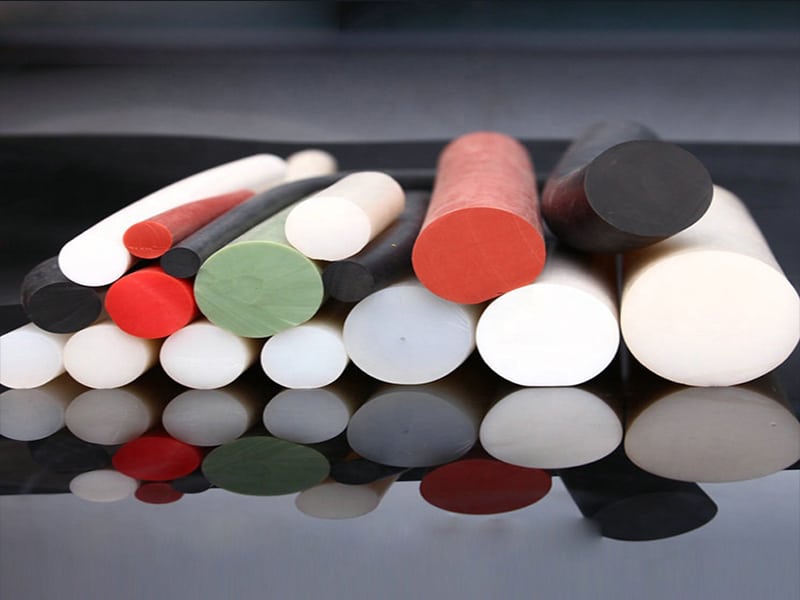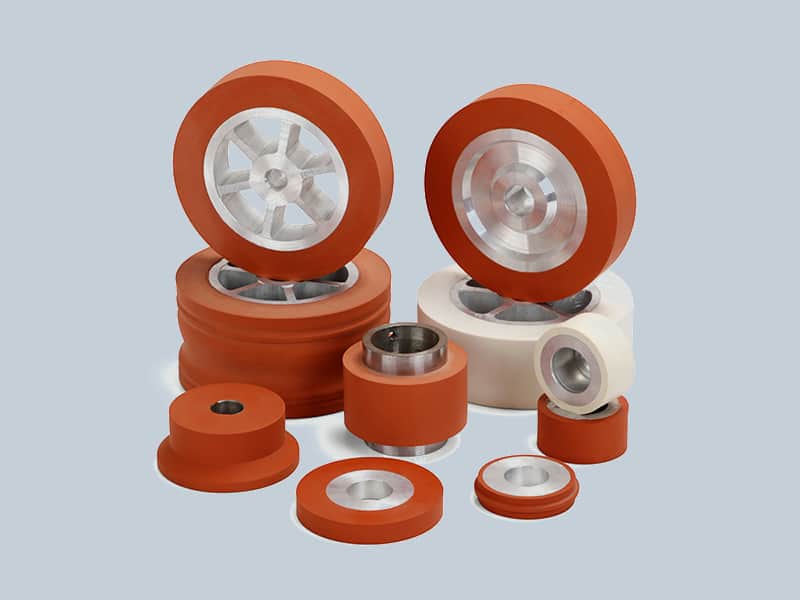If you’re like me, you’re always on the lookout for ways to make your life a little easier. And when it comes to cleaning, there are few things more frustrating than trying to get those pesky silicone molds clean. But never fear! I’m here to share my top tips for getting your molds sparkling clean in no time.
Introduction: What is silicone rubber?
Silicone rubber is an elastomer composed of silicone—itself a polymer—containing silicon together with carbon, hydrogen, and oxygen. Silicone rubbers are widely used in industry, and there are multiple formulations. Silicone rubbers usually exhibit good heat stability and resistance to cold, but fares poorly with oils and petroleum-based fluids.
Introduction: What is silicone rubber?
Silicone rubber is an elastomer composed of silicone—itself a polymer—containing silicon together with carbon, hydrogen, and oxygen. Silicone rubbers are widely used in industry, and there are multiple formulations. Silicone rubbers usually exhibit good heat stability and resistance to cold, but fares poorly with oils and petroleum-based fluids.
What are the benefits of silicone rubber?
There are many benefits to using silicone rubber, including its resistance to heat, its flexibility, and its safety for food contact. Silicone rubber can withstand temperatures from -55°C to +300°C (-67°F to +572°F), making it ideal for use in a wide variety of applications. It is also resistant to UV light, ozone, and oxidation, and can be used in both indoor and outdoor applications. Silicone rubber is also non-toxic and safe for food contact.
The best way to clean silicone molds
If your silicone rubber item is starting to look a little dull, then it may be time to clean it. Luckily, silicone rubber is easy to clean and there are a number of ways that you can do so. In this article, we will show you how to clean silicone rubber and get it looking like new again.
One of the simplest ways to clean silicone rubber is to use soap and water. Just wet the silicone rubber item and then rub some soap onto it. You can use a soft cloth or your hands for this. Once the soap has been applied, rinse the item off with water. If the item is still not as clean as you would like it to be, then you can try using a mild abrasive such as baking soda or vinegar. Just apply these to the silicone rubber item and then rub before rinsing off.
To clean your silicone molds, start by mixing warm water and dish soap together. Then, use a soft-bristled brush to scrub the mold. If there are any stubborn spots, add a little bit of white vinegar to the mixture. Once you’ve scrubbed the mold, rinse it off with warm water. Finally, dry the mold with a clean towel or let it air dry.
– Use a mild soap or detergent and warm water to wash the area.
– Rinse well and dry with a soft cloth.
– You can also use a commercial rubber cleaner/protectant on the area.
– If the area is still dirty, repeat the above steps.
Other ways to clean silicone molds
In addition to the above methods, there are a few other ways you can clean your silicone molds. You can use a vinegar and water solution, rubbing alcohol, or even dish soap and water.
There are a few different ways that you can clean silicone rubber, but some methods are more effective than others. One way to clean silicone rubber is to use a mild soap and warm water. This will remove most dirt and grime from the surface of the rubber. Another way to clean silicone rubber is to use a commercial cleaner specifically designed for cleaning silicone. These cleaners usually come in a spray bottle and can be found at most hardware stores.
Tips for getting the most out of your silicone molds
To get the most out of your silicone molds, there are a few things you should keep in mind.silicone molds are very versatile and can be used for a variety of projects, but there are a few tips that will help you get the most out of them.
-Before using your mold for the first time, wash it with soap and water. This will help remove any dust or debris that may be on the surface.
-If you’re using your mold to make food items, make sure to grease it lightly with cooking spray or oil before adding your food. This will help prevent sticking and make cleanup easier.
-After each use, wash your mold with soap and water. If you’re using it for crafts projects, you may also want to lightly sand the surface to rough it up a bit before your next use. This will help the paint or glue adhere better.
By following these simple tips, you’ll be able to get the most out of your silicone molds and create beautiful, professional-looking results every time!
How often should you clean silicone rubber?
How often you need to clean your silicone rubber will depend on how often it’s used and what it’s used for. If it’s a well-sealed kitchen utensil that only comes into contact with dry ingredients, you may be able to get away with cleaning it every few uses. If, on the other hand, you’re using a silicone rubber baking sheet to bake sticky buns, you’ll want to wash it after each use.
How to store silicone molds
If you are not using your silicone molds right away, it is important to store them properly to prevent damage. When storing silicone molds, make sure they are dry and clean. Avoid stacking them on top of each other, as this can cause them to warp.
Troubleshooting: common problems with cleaning silicone molds
Whether you’re trying to remove dried-on food, stains, or just general build-up, cleaning your silicone molds can be a little tricky. Here are some common problems you may encounter and how to solve them.
Dried-on food: Soak the mold in hot water for a few minutes before scrubbing with a soft-bristled brush. If the food is stubborn, you may need to use a little dish soap.
Stains: Mix equal parts water and white vinegar and scrub the stain with a soft-bristled brush. Rinse with warm water and dry thoroughly.
Build-up: If your mold has a lot of build-up, you may need to soak it in vinegar overnight before scrubbing with a soft-bristled brush. You may also need to use a little dish soap.
FAQs about cleaning silicone molds
Whether you’re using them for baking, candy-making, or soap-making, silicone molds are a great way to achieve creative and professional looking results. But how do you keep them clean? Below are answers to some frequently asked questions about cleaning silicone molds.
Can I put silicone molds in the dishwasher?
Yes! Silicone molds are dishwasher safe and can withstand high temperatures. However, if your mold is very dirty or has been used for baking, it’s best to wash it by hand first to avoid staining the silicone.
Can I use bleach on my silicone mold?
Yes, you can use a diluted bleach solution to sanitize your mold. However, this is not necessary unless the mold is coming into contact with food. If you do choose to use bleach, make sure to rinse the mold thoroughly afterwards and allow it to air dry completely before using it again.
How can I get rid of stains on my silicone mold?
If your mold is stained, you can try scrubbing it with a mild abrasive like baking soda or salt. You can also try soaking the mold in a solution of equal parts vinegar and water overnight.
Conclusion
If your silicone mold is starting to look a little worse for wear, don’t despair – it can be easily cleaned with a few simple household items. First, start by washing the mold with warm, soapy water. If there are any stubborn stains or build-ups, you can try scrubbing them with a soft-bristled brush. Once you’re satisfied that the mold is clean, rinse it thoroughly with cold water and allow it to air dry.
If you need to give your mold a more thorough cleaning, you can make a paste out of baking soda and water and use it to scrub away any stuck-on dirt or grime. Once the paste has been removed, rinse the mold well and allow it to dry completely. You can also use white vinegar to clean your silicone mold – simply soak the mold in a bowl of vinegar for a few hours before rinsing it off and allowing it to dry.

